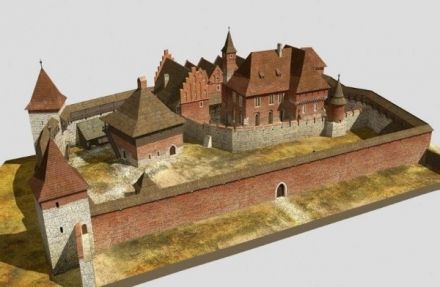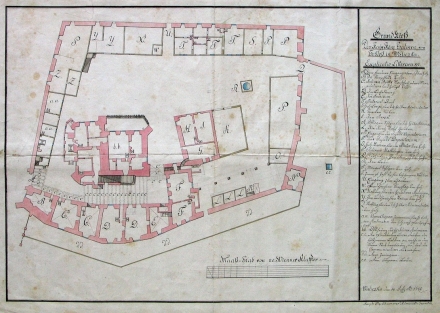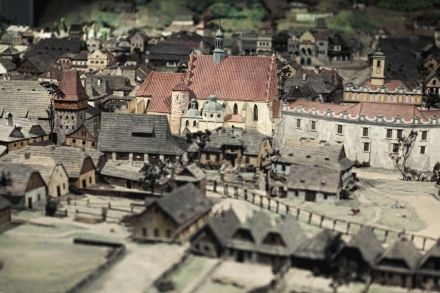

open today: 9am-5pm
open today : 9am-5pm



Fires, wars and reconstructions changed the appearance of the Saltworks castle, which nevertheless has remained one of the most magnificent and oldest structures in the mining landscape of Wieliczka. For ages, it ensured the proper functioning of the most important Polish saltworking enterprise. as one of the few complexes of this type preserved in Europe, it has been included on the list of UNESCO World Heritage (together with the historic mines
of Wieliczka and Bochnia).